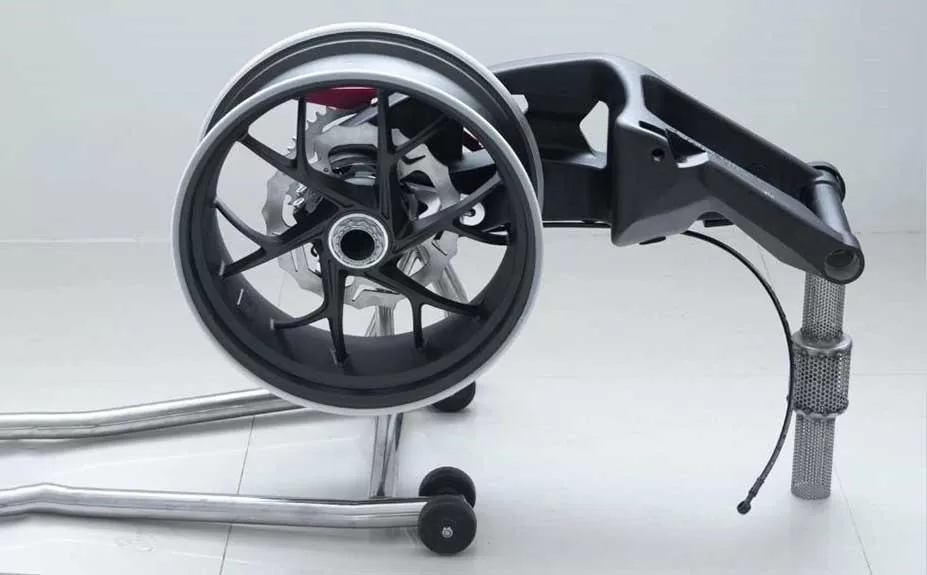MPM Motorcycle Swing Arm
MPM has been in operation since 2015 and has since risen rapidly to become one of the top motorcycle parts manufacturers. Our products have helped companies around the world achieve tremendous growth. If you want to further expand your business, you may wish to choose our highly reliable and well-designed motorcycle swing arms, which will add more competitiveness to your swing arm product line.
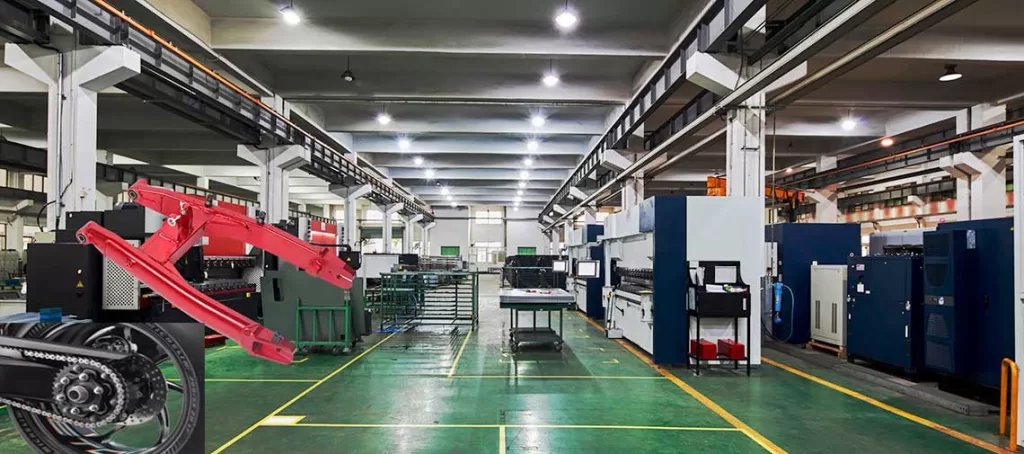
Motorcycle Swing Arm Manufacturer You Can Trust
-
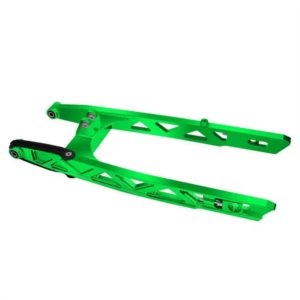
Factory Wholesale Modification Parts Swing Arms for Yamaha Y15ZR LC150
-
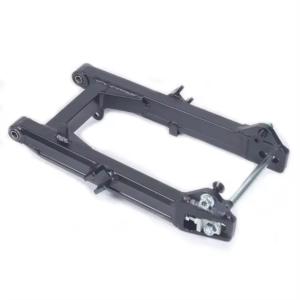
Wholesale Custom Motorcycle Swing Arm for Honda CG 125
-

Custom Aluminum Motorcycle Swingarm for Honda Wave110
-

Custom CNC Aluminum Motorcycle Rear Swingarm for Yamaha Y125Z
-
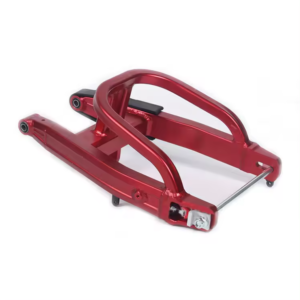
Custom Motorcycle Swing Arm for Honda MXS125
-

Custom CNC Aluminum Alloy Motorcycle Swing Arm for Y125 XRM125 LC135 RS150 LC150
-
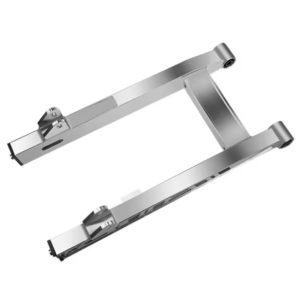
Custom CNC Aluminum Alloy Motorcycle Swing Arm for Honda EX5
-

Custom Extra CNC Aluminum Alloy Motorcycle Swing Arm for Honda XRM 125
-
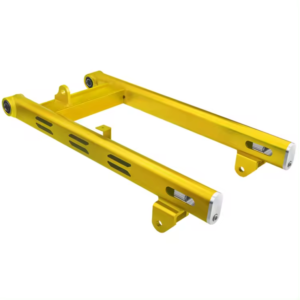
Custom CNC Aluminum Alloy Swing Arm for Honda XRM 125
-

Custom CNC Motorcycle Swing Arm for Honda XRM 110
CUSTOM SWING ARM
We customize motorcycle parts exactly the way you want them, delivering personalized solutions tailored to your unique needs.
PRICE QUOTE
To determine the cost of your motorcycle parts, simply request a complimentary quotation from us.
Our OEM/ODM Motorcycle SwingArm Fit Brands




Single vs. Double-Sided Swing Arms

There are two main types of rocker arms on motorcycles: single-sided rocker arms and double-sided rocker arms. Each type has its unique characteristics and applicable scenarios. The type of rocker arm you choose depends primarily on your individual riding needs, the type of motorcycle and the expected conditions of use.
Single-Sided Swing Arms
The single-sided swingarm of a motorcycle has only one swingarm. Often used on high-performance motorcycles to provide a clean, lightweight, streamlined appearance. It attaches to the engine on one side and the wheel on the other, making it easier to remove the wheel.
Advantage:
The single-sided design is lighter, improves handling and acceleration, and reduces maintenance requirements.
Disadvantage:
It will affect the operation’s accuracy and stability, and it will be more susceptible to damage in the event of a collision or hard landing.
Double-Sided Swing Arms
The double-sided rocker arm has two rocker arms, located on both sides of the rear wheel. They are connected through connecting rods and shock absorbers to jointly support the rear wheel. This design is more complex in structure, but also stronger and more stable.
Advantage:
Double-sided design enhances stiffness and structural integrity, improving operational stability and precision.
Disadvantage:
Usually heavier, which affects handling and acceleration. More complex designs require additional maintenance and upkeep costs.
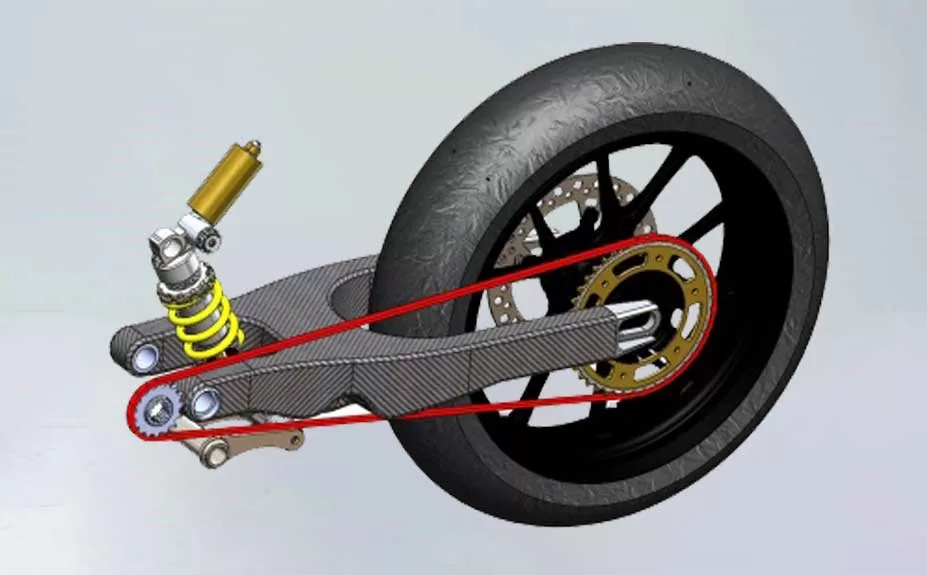
FAQ About Motorcycle Swing Arm
A swing arm, also known as a rear suspension arm or swingarm, is a component of a motorcycle’s rear suspension system. It is the part that connects the rear wheel and the motorcycle’s frame, allowing the wheel to move up and down as the bike traverses uneven surfaces.
The swing arm typically extends from the rear of the motorcycle’s frame, and the rear wheel is mounted on a pivot or axle that is attached to the end of the swing arm. This pivot allows the wheel to move independently of the frame, absorbing the impact of bumps and providing a smoother ride.
The swing arm is a crucial component of the motorcycle’s handling and ride quality, as it affects the way the bike responds to road conditions and the rider’s inputs. It also plays a role in the bike’s overall weight distribution and balance.
Different motorcycles may have different designs and configurations for their swing arms, depending on the bike’s intended use, such as sport, touring, or off-road riding. Some modern motorcycles even feature adjustable swing arms that allow riders to fine-tune the bike’s handling characteristics to their preferences or riding conditions.
The purpose of the swing arm on a motorcycle is to provide a connection between the rear wheel and the frame, while allowing the wheel to move independently as the bike traverses uneven surfaces. This movement helps to absorb the impact of bumps and irregularities in the road, resulting in a smoother ride for the rider.
The swing arm serves as a pivot point for the rear wheel, enabling it to move up and down within a certain range. This range of movement is controlled by the rear suspension system, which typically includes shock absorbers or springs that further cushion the impact of bumps and help maintain stability.
By allowing the rear wheel to move independently, the swing arm helps distribute the weight of the bike and the rider more evenly, enhancing handling and stability. It also plays a role in weight transfer during acceleration, braking, and cornering, affecting the bike’s overall performance.
In addition, the design and material of the swing arm can contribute to the overall stiffness and rigidity of the rear end of the motorcycle, which can influence handling characteristics and feel.
The swing arm acts as a pivot point for the motorcycle’s rear wheel, allowing it to move up and down independently as the bike traverses uneven surfaces. This pivoting action creates a “swinging” motion of the arm, hence the name “swing arm.”
When measuring the length of a rocker arm, it is generally the horizontal distance from the pivot point of the rocker arm (i.e. where the rocker arm connects to the frame) to the center of the rear wheel axis. This length can affect the motorcycle’s geometric properties, such as wheel path and vehicle responsiveness. Shorter rocker length generally means sharper handling response, while longer rocker length may provide better stability and ride comfort.
Different motorcycle makes and models have different designs and specifications. The length of the swing arm depends on a variety of factors, including the type of motorcycle (e.g. sport, cruiser, off-road, etc.), purpose, wheel size and overall design philosophy.

